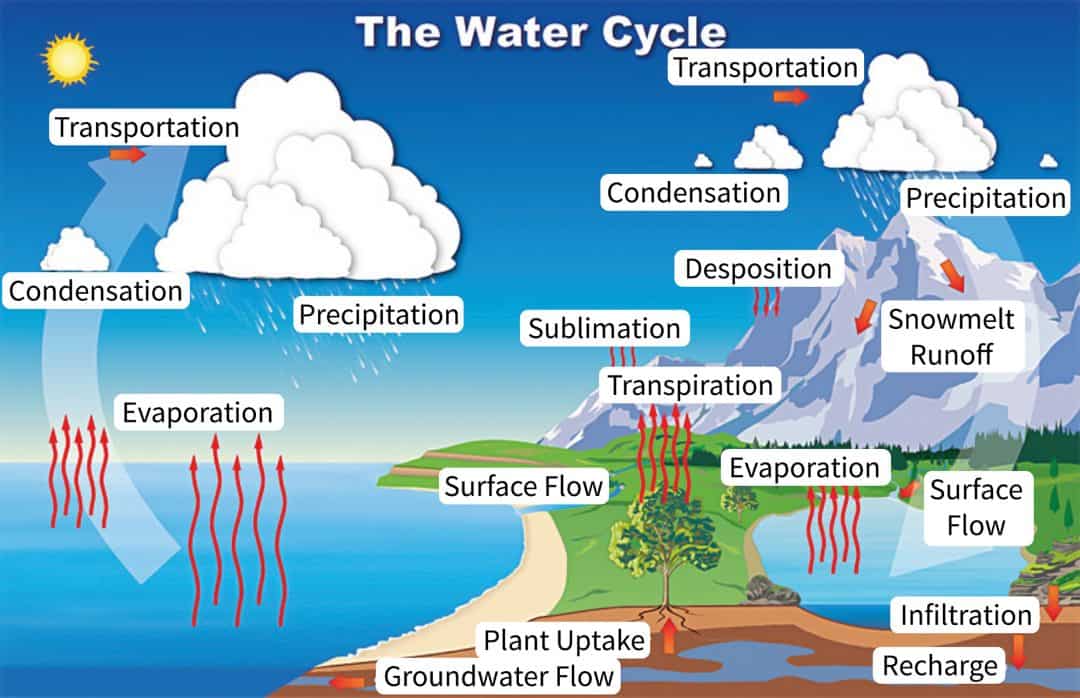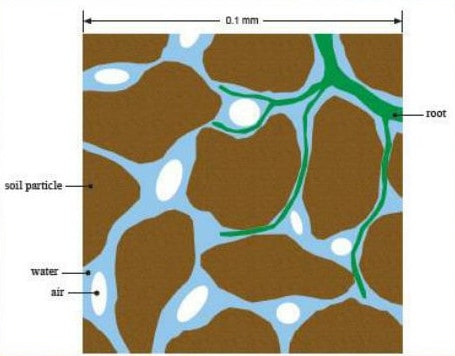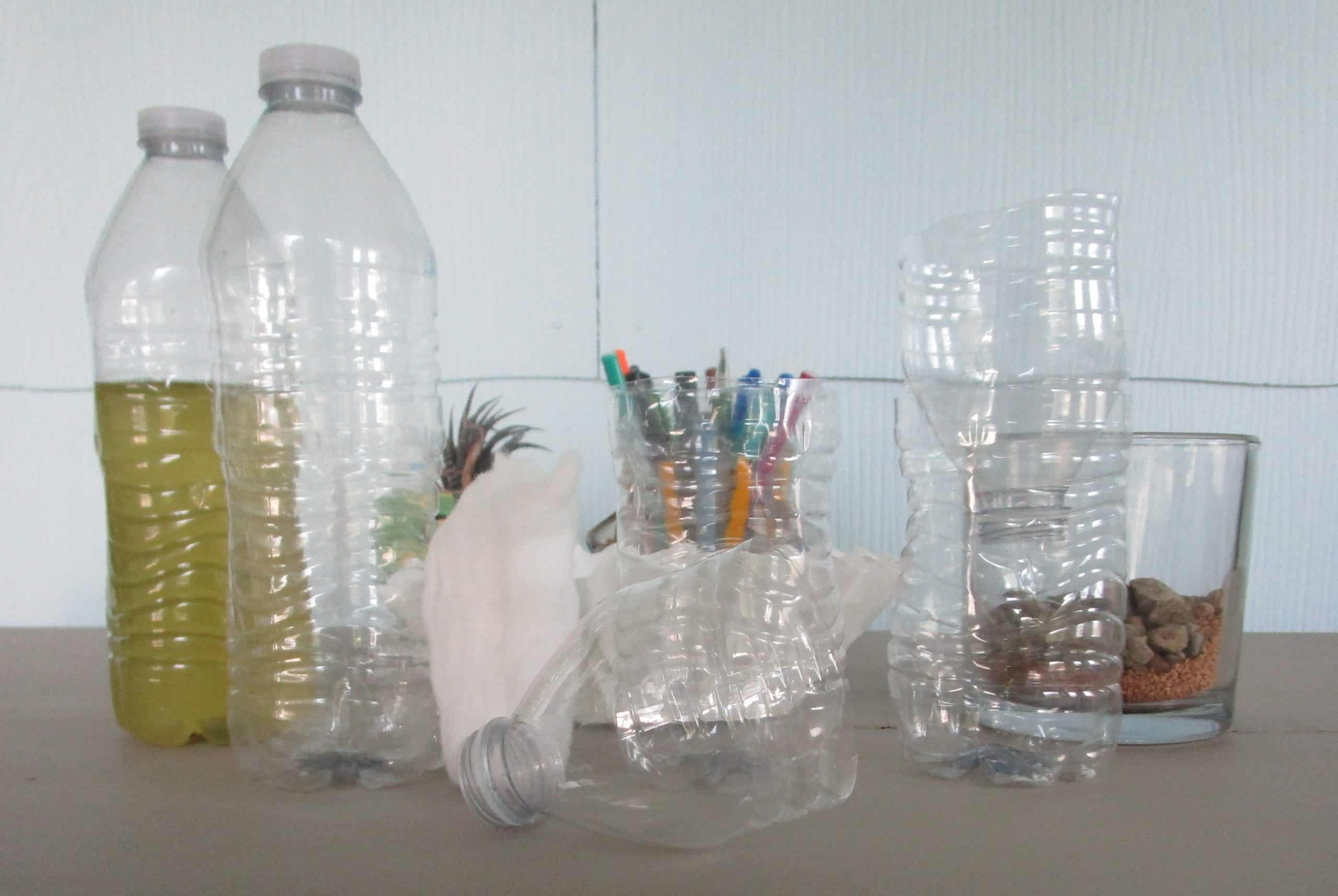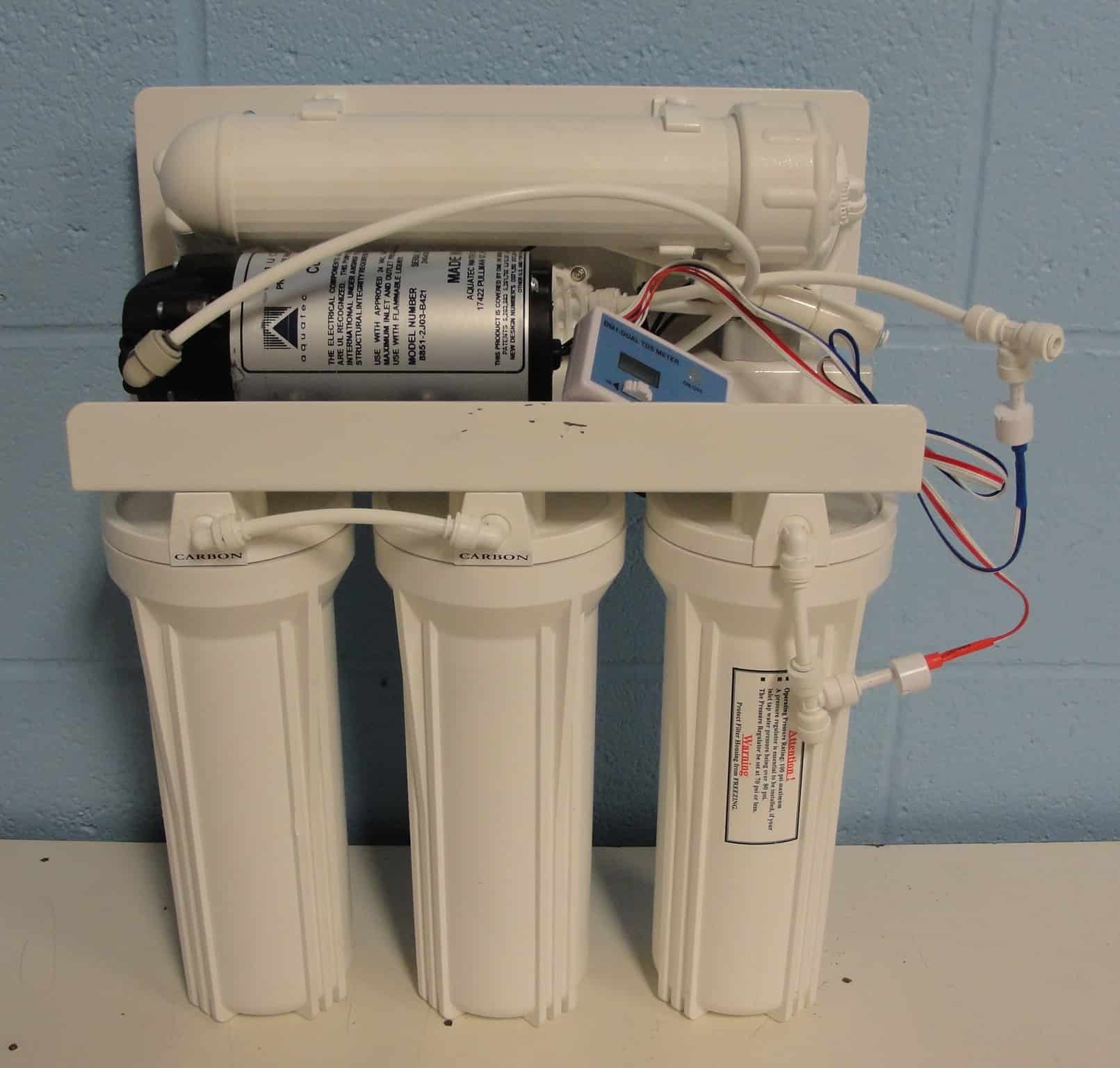While yes, we are going to be talking about water purification, it helps to know how the water gets clean in nature first. And that, of course, starts with the water cycle in it’s full complexity.
The water cycle is a huge, global sized system where water makes it way around the planet. A single particle of water can be in any form from mist to just a tiny hint of moisture to a huge rainstorm or a silent snowflake. During this process, water moves from the surface of the earth, evaporates into the atmosphere where it condenses, then precipitates from the sky. At any point in time during this cycle, the water comes into contact with many different chemicals. This could be the minerals of the earth, the pollutants in the sky, or the biological materials in living organisms such as trees. This means at any time water can change to be more or less pure H2O.

Infiltration, recharge, and ground water flow are particularly important for cleaning our water.
As the water precipitates out of the atmosphere, it accumulates on the surface of the earth in lakes, rivers, ponds, and mud holes in our yards. Slowly, the water filters through the permeable layer like it’s going through a sieve. This filtering action removes debris and as water moves through the soil layers, the water interacts with soil microbes that further clean toxins out of the water. As the water filters and comes into contact with more soil and rock further down, the chemical reactions between the water and minerals take place. This can both neutralize more things seen as impurities and add impurities (also flavour) to the water.
Where do you find this amazing transformation taking place?
Look Down.
Right under your feet the rain water or snow melt is seeping through the soil where organisms as big as worms or as small as bacteria are soaking up the moisture and munching away on the debris that might have been in the water supply as it filters down. If you looked through a microscope, it would look something like the graphic below. In between the soil particles is space called soil pores. It can be filled with gas, roots, mycellium, water, or microbes. Of course, there could also be debris, in the soil, like degraded leaves, trash, or chunks of rocks, too.

How much water can fit in this soil greatly depends on the soil type under your feet and the porosity. Gravel has a higher porosity, but water doesn’t stick to the soil particles and flows right on out. The smaller the particles, the more water will stay in the soil, but they will drain through very slowly. That’s why it takes a long time for clay soils to drain and occasionally you’ll have a mud pond in your yard.
While the water slowly percolates with the help of gravity through this maze of pores, they are chemically and physically interacting with soil particles and microbiota on it’s way down. Microbes eat debris and interact with any toxins and drugs that might be in the water. The soil particles, made of rock particles and fused with a variety of elements, react with the water as it percolates through. This can both filter harmful things out of the water and add different minerals and flavours — both good and bad for us.
Over time, the water filters fully through the soil to pool in aquifers.

The unconfined aquifer has access to the surface by pond, stream, or other. Think of it as an open system that can be tapped into very easily, but is also recharged often AND can be drained easily. It changes seasonally for it’s water supply. A confined water aquifer means it’s below a second layer or rock and clay. It takes years to recharge and refill. It’s not as accessible, but it’s also been filtered for years. The deeper the aquifer is, the more time the water has taken to get there and filter out of the surface water cycle .
Basic Bedrock, Britta, Berkey?
Man-made water filters are inspired by this natural system to filter out our water. The water percolates through activated (ionically charged) charcoal and other treated medium that are aimed to filter out harmful contaminants .
So, what makes water drinkable?
Well, it’s pretty basic: It shouldn’t kill you and should taste decent.
And get more free resources from our library while you’re at it.
 Get the written lab and template for making a very basic emergency water filtration, along with dozens of other hands on science resources in the Resource Library for free. Each lab has a several experiment ideas built off it to give you many opportunities to keep building skills and different ways to use the same science or activity for multiple things.
Get the written lab and template for making a very basic emergency water filtration, along with dozens of other hands on science resources in the Resource Library for free. Each lab has a several experiment ideas built off it to give you many opportunities to keep building skills and different ways to use the same science or activity for multiple things.
This means at the very basic water is drinkable with the removal of chemicals and bacteria to make it safe, maybe even tasty, to drink. This means that each device used to filter water should meet the requirements of removing contaminants and bacteria. However, some of them leave minerality because there are many that prefer earth-flavoured water. The taste is purely up for debate.
However, have you ever considered what pure H2O would taste like?
Purity is relative in science labs.
In a basic science lab we used reversed osmosis (RO) water or distilled water. This can do a broad range of applications without worry about cross contamination of those hidden impurities that we may not be able to taste in regular bottled or purified water. While distilled water can be made on the stove, RO is a little bit more entailed. You can see how that’s made in the video below.
However, if your science requires you have very little cross-contamination and every atom and molecule counts, you might have to look into a Nanopure or Millipore filter. The one I used in grad school was the Barnestead E-Pur system, which tested how pure the water was by using ohm resistance. The more impurities, the higher the ohms of resistance. The one I used is similar to the one below. It follows many of the same principles of water filtration, it just has the added benefit of a meter to make sure the water you are using is as pure as you need it to be.

How do you take your water?
In the end, water is a life necessity. All living things need it to stay hydrated and healthy. The purity level of water, however, is up in the air based on purpose and how you like your water to taste. Do you like the mineral taste of hard water or the smoothly tasteless experience of ultra purified water? Are you drinking it or are you using it in the lab for analysis?
Let us know below what your preferences are!
